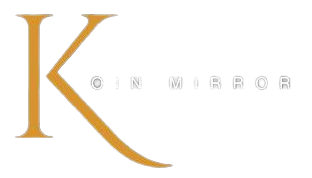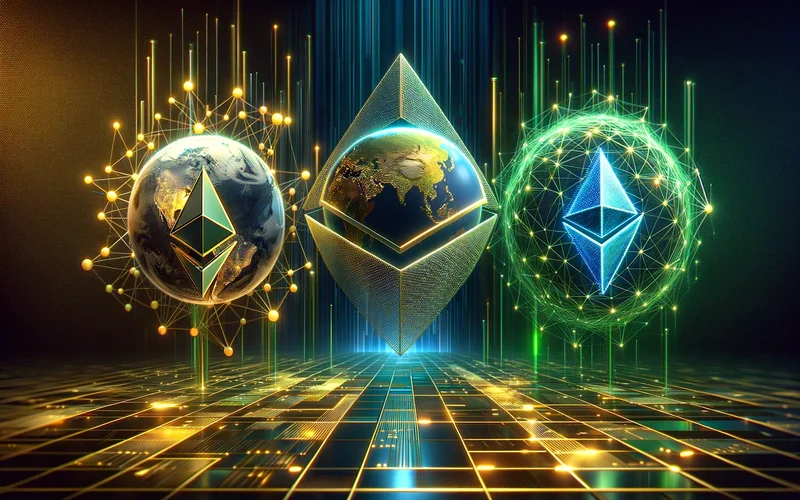[ad_1]
Architectural Variations
Ethereum hailed as one of many earliest and largest blockchains, launched groundbreaking options equivalent to good contracts and decentralized functions (dApps). With the transition to Ethereum 2.0, leveraging a Proof-of-Stake (PoS) consensus mechanism, scalability, and power effectivity have been prioritized. Polygon, positioned as a layer 2 scaling answer for Ethereum, operates as a sidechain, facilitating scalability and diminished transaction charges. Solana, in distinction, adopts a stateless structure with a high-performance protocol, enabling transaction speeds of as much as 50,000-65,000 transactions per second.
Consensus Mechanisms
Whereas Ethereum initially relied on Proof of Work (PoW), its evolution to Ethereum 2.0 has ushered within the period of PoS, aiming to reinforce safety and scalability. Polygon employs a PoS Plasma-based sidechain consensus mechanism, guaranteeing environment friendly transaction processing. Solana, nevertheless, innovates with a singular consensus mechanism referred to as Proof of Historical past, coupled with PoS, delivering safe and swift transactions.
Scalability
Ethereum faces scalability challenges resulting from its PoW structure. Nevertheless, Ethereum 2.0 guarantees to handle these points by sharding and PoS. Polygon provides multichain options, enhancing scalability and throughput. Solana, with its high-performance protocol, boasts scalability with out compromising transaction speeds. This makes it a most popular selection for top transaction quantity functions.
Transaction Speeds
Ethereum’s transaction speeds vary from 27-30 transactions per second, struggling to maintain tempo with excessive volumes, resulting in congestion and delays. Polygon and Solana, with speeds as much as 65,000 transactions per second, supply fast processing, catering to functions requiring swift throughput.
Use Circumstances
Ethereum, with its established developer neighborhood, is good for decentralized functions, DeFi platforms, and NFT marketplaces. Solana and Polygon, with superior throughput and decrease charges, excel in gaming, DeFi, and NFT markets. They cater to various blockchain wants with agility and effectivity.
Transaction Charges and Gasoline Costs
Ethereum typically grapples with excessive transaction charges and fuel costs, particularly during times of community congestion. Conversely, Solana and Polygon present cost-effective alternate options with decrease transaction charges, enhancing accessibility and affordability for blockchain transactions.
Sensible Contract Languages and Tooling
Ethereum primarily helps Solidity for good contract growth, providing a sturdy ecosystem and in depth tooling. Solana leverages Rust, C, and C++ languages, offering builders with a various vary of growth instruments and libraries. Polygon helps Golang, Solidity, and Vyper, providing flexibility in language selection and facilitating seamless integration with Ethereum.
Ecosystem and Developer Neighborhood
Ethereum boasts the most important developer neighborhood and ecosystem, supported by myriad tasks and decentralized functions. Solana and Polygon, although comparatively smaller, are quickly increasing their ecosystems. They appeal to builders with distinctive options, fostering innovation within the blockchain area.
Conclusion
Ethereum, Solana, and Polygon supply distinctive benefits for blockchain utility growth, catering to various use instances and necessities. Whereas Ethereum stays a dominant pressure with its established ecosystem and flexibility, Solana and Polygon present quicker transaction speeds, decrease charges, and scalability, making them well-suited for particular functions equivalent to gaming, DeFi, and NFTs. Builders should fastidiously consider the architectural nuances, consensus mechanisms, scalability, transaction speeds, transaction charges, good contract languages, ecosystem, and developer communities of every platform to decide on the best option for his or her blockchain functions, guaranteeing optimum efficiency and person expertise.
[ad_2]
Source link

